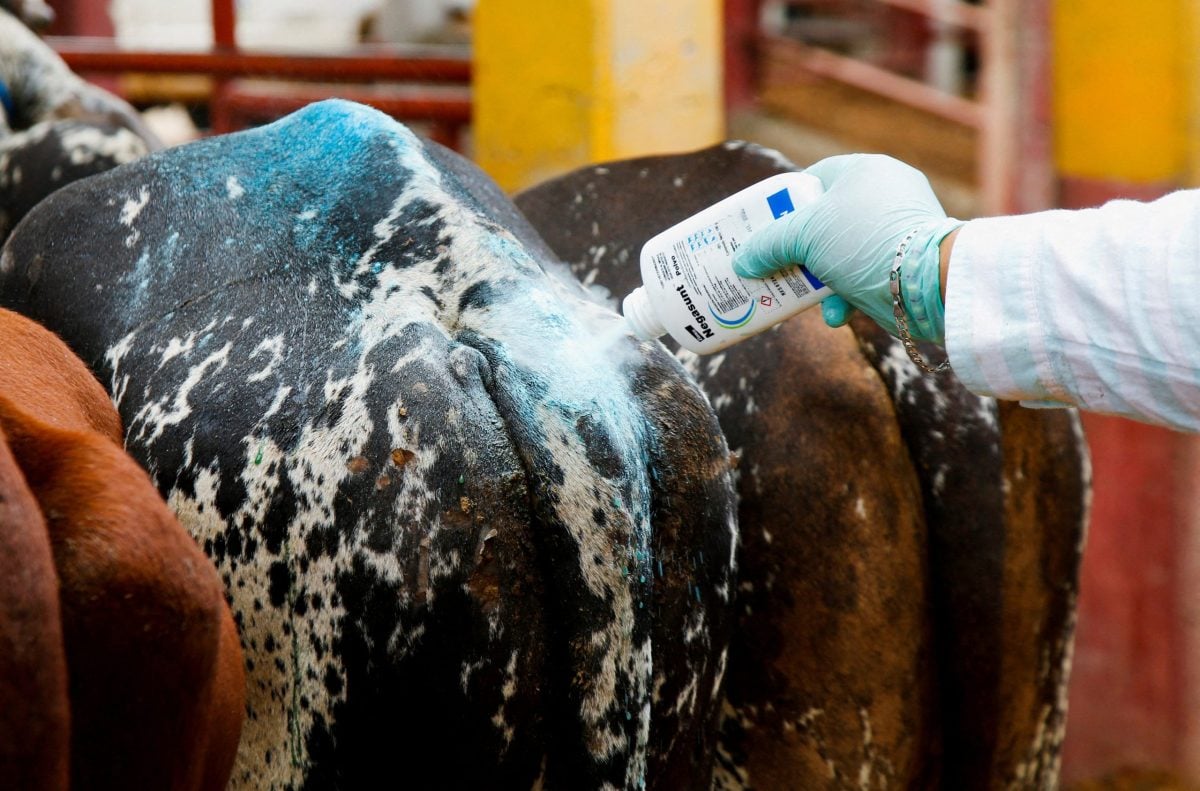Western Canadian feeder cattle prices were generally $2 to $5 pre hundredweight (cwt) higher on average last week as the nearby barley market dropped $15 per tonne. The old-/new-crop barley price inverse finally released and there appears to be more downside risk in the short term, with harvest just around the corner.
Alberta packers were buying fed cattle in the range of $119-$120/cwt, just above break-even for many closeouts. The cattle feeding economics have fundamentally changed and with the stronger deferred live cattle futures, it appears the fall period will bode well for both feedlot operators and the cow-calf producer. U.S. feeder cattle prices reached all-time record highs at certain auction markets in the 800-pound plus category, which led Canadian markets higher.
Read Also

U.S. not ready to lift Mexican cattle ban over screwworm, Agriculture Secretary Rollins says
The U.S. is not yet ready to reopen its border to Mexican cattle amid an outbreak of the flesh-eating New World screwworm parasite, Agriculture Secretary Brooke Rollins said, but she is pleased with Mexico’s efforts to contain the pest.
There were no major features to report on this week as auction markets prepare for the main yearling run, which should start over the next couple of weeks. In central Alberta, feeder steers with no special feature weighing 710 lbs. sold for $156/cwt. A small mixed group of steers with medium flesh weighing just over 825 lbs. sold for 148/cwt delivered in the Lethbridge area. Light-weight calves were not well established due to the limited volumes. Feeder steers weighing approximately 550 lbs. were quoted at $162 in the Edmonton area.
The U.S. Department of Agriculture reported in Nebraska, top-quality steers averaging 926 lbs. sold for $152/cwt. The Canadian market remains at a sharp discount to U.S. values and the industry expects the western Canadian market to catch up when significant volumes come on the market. Canadian year-to-date feeder cattle exports are running 64 per cent above last year and cheaper costs per pound gain in the U.S. will continue to encourage the strong export program.
Deferred live cattle futures appear to be percolating higher, incorporating a risk premium due to the uncertainty in production and expectations for stronger retail and restaurant demand. While feedgrain prices have dropped sharply over the past few weeks, feedlot operators are expecting a climb of $5/cwt in fed cattle prices by year-end, which has also enhanced buying enthusiasm for replacement cattle.
— Jerry Klassen is a commodity market analyst in Winnipeg and maintains an interest in the family feedlot in southern Alberta. He writes an in-depth biweekly commentary, Canadian Feedlot and Cattle Market Analysis, for feedlot operators in Canada. He can be reached by email at [email protected] for questions or comments.












